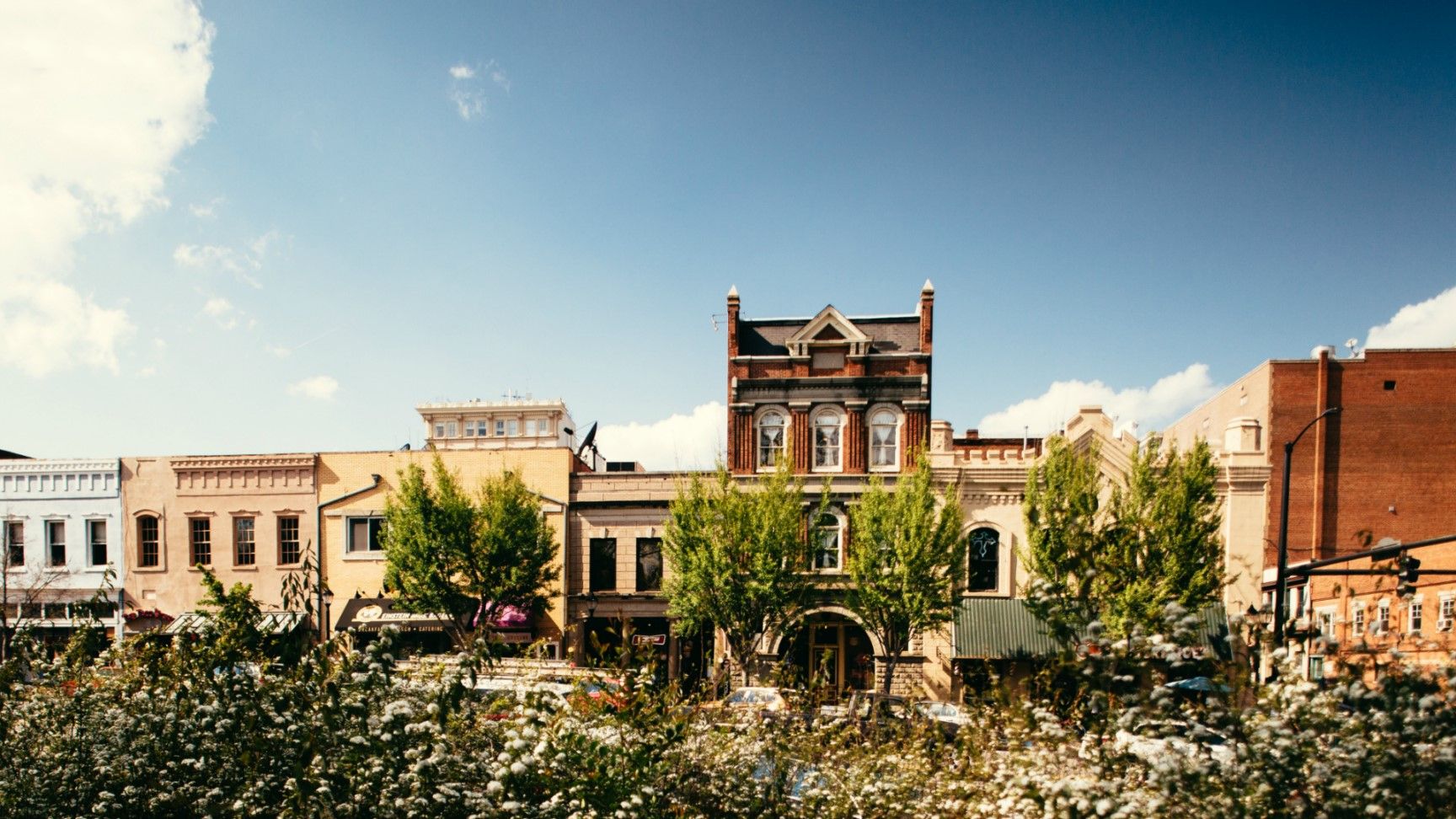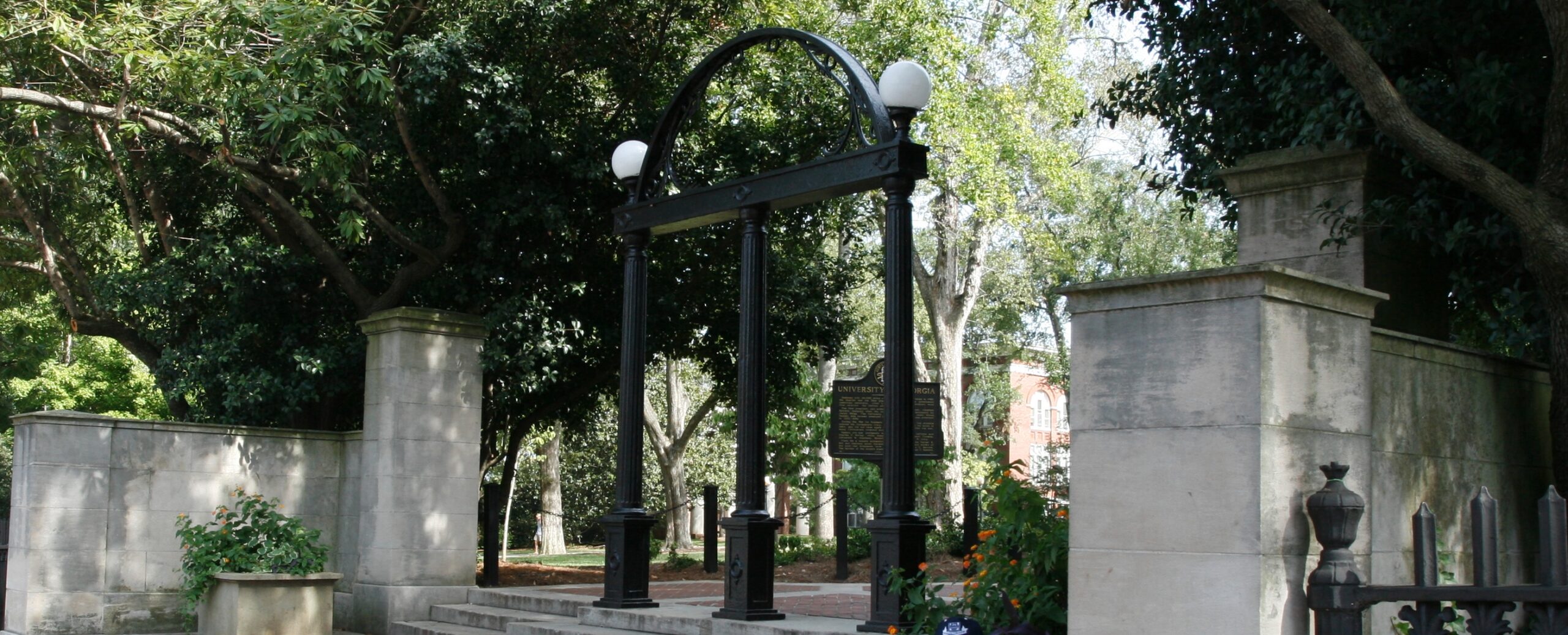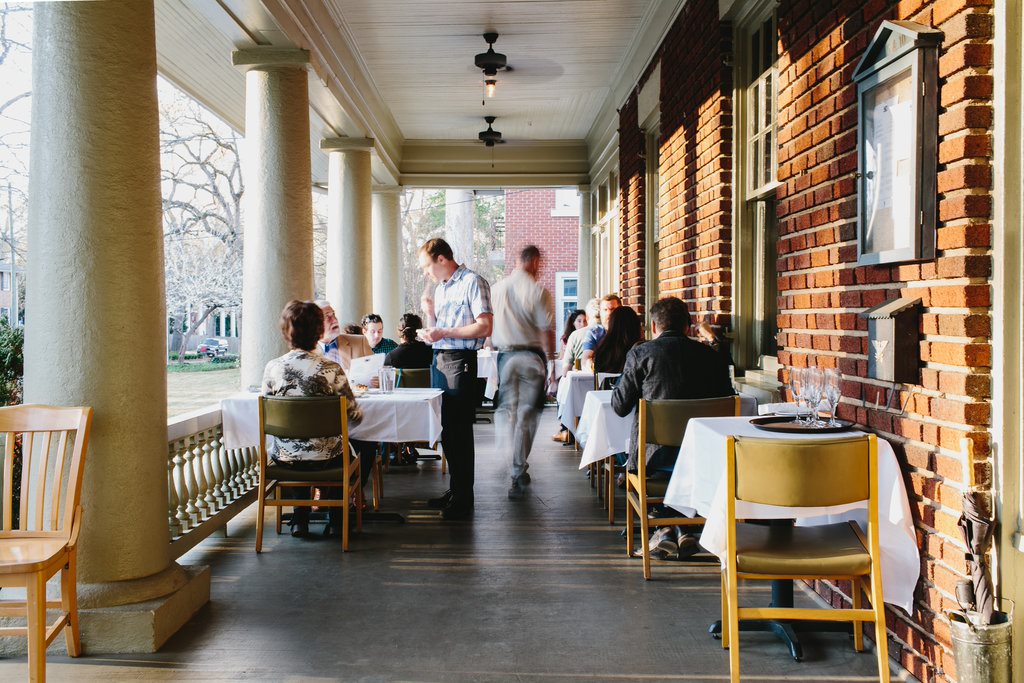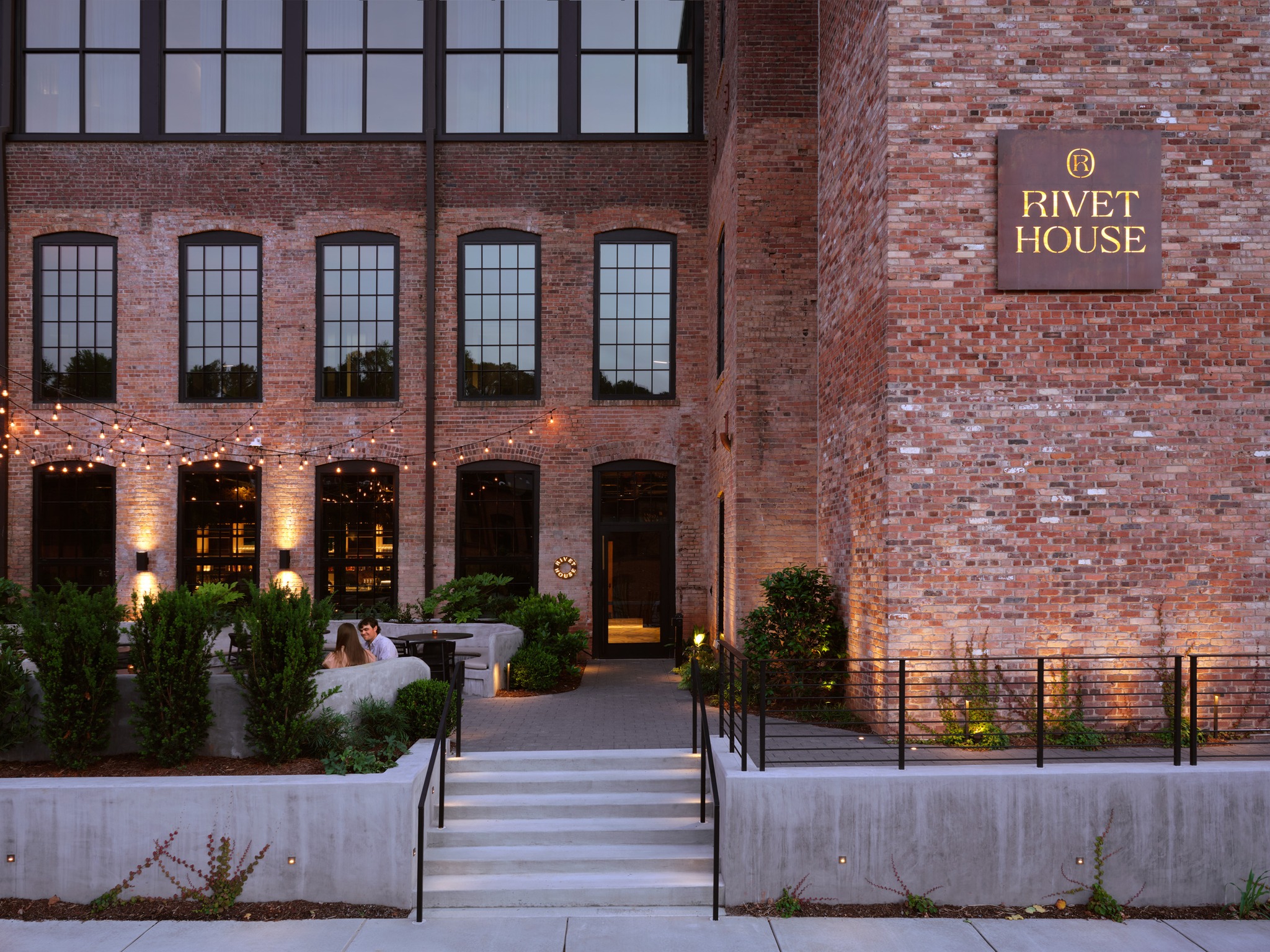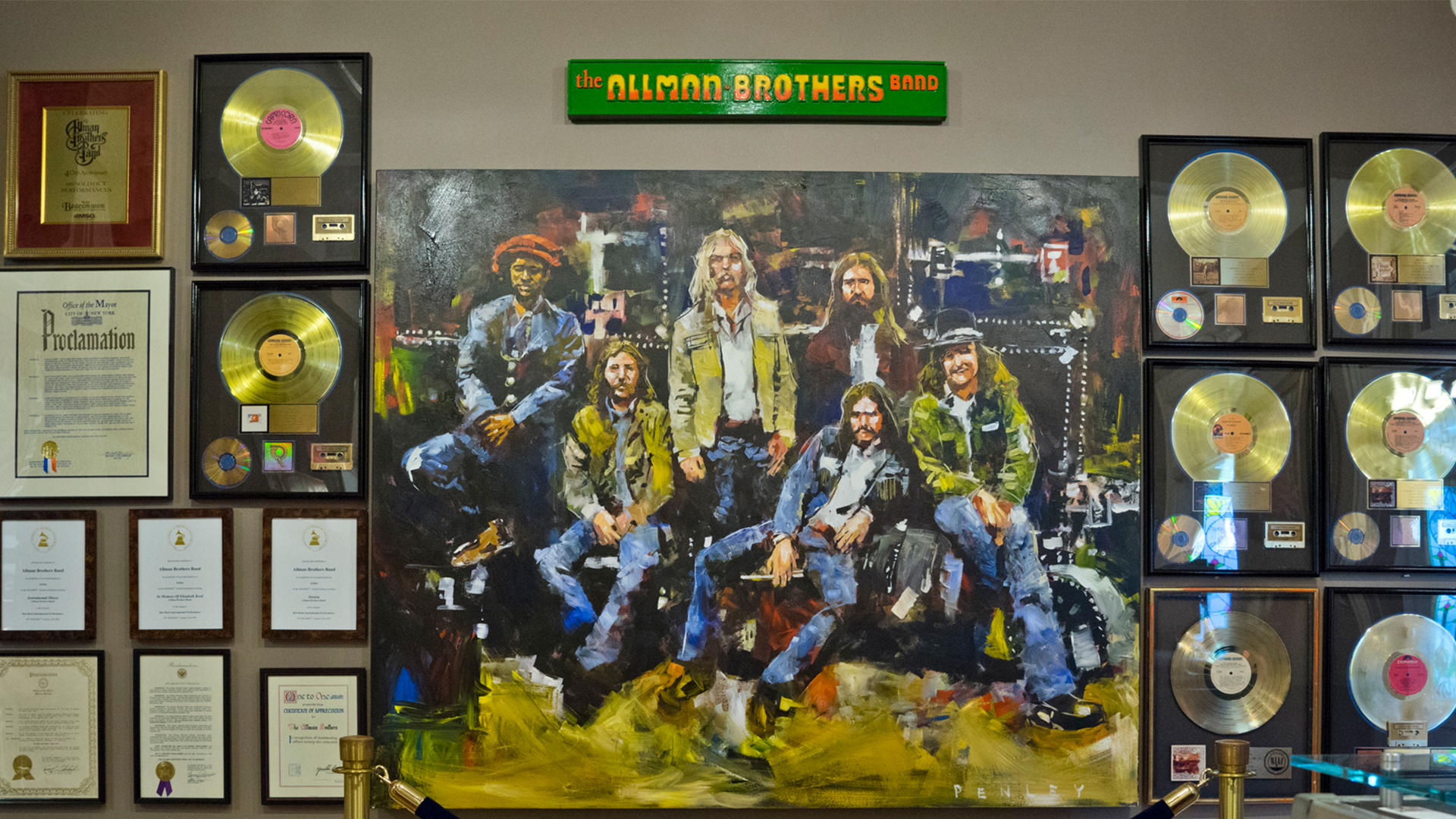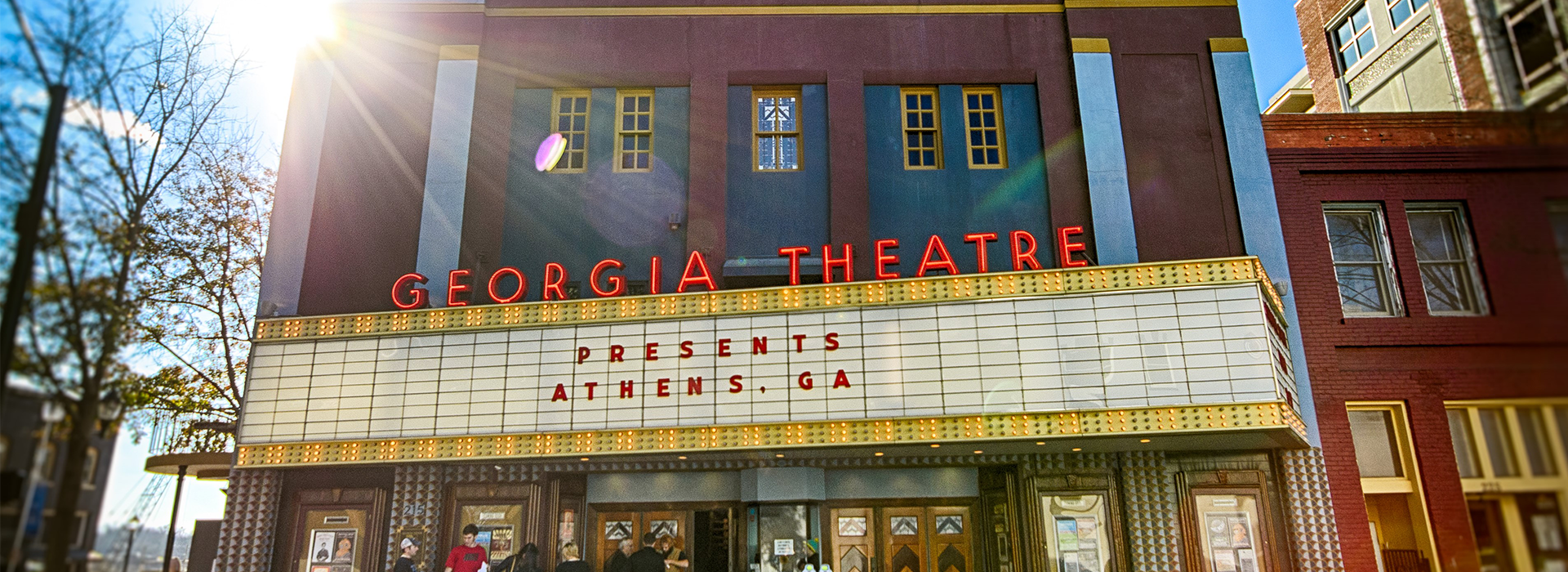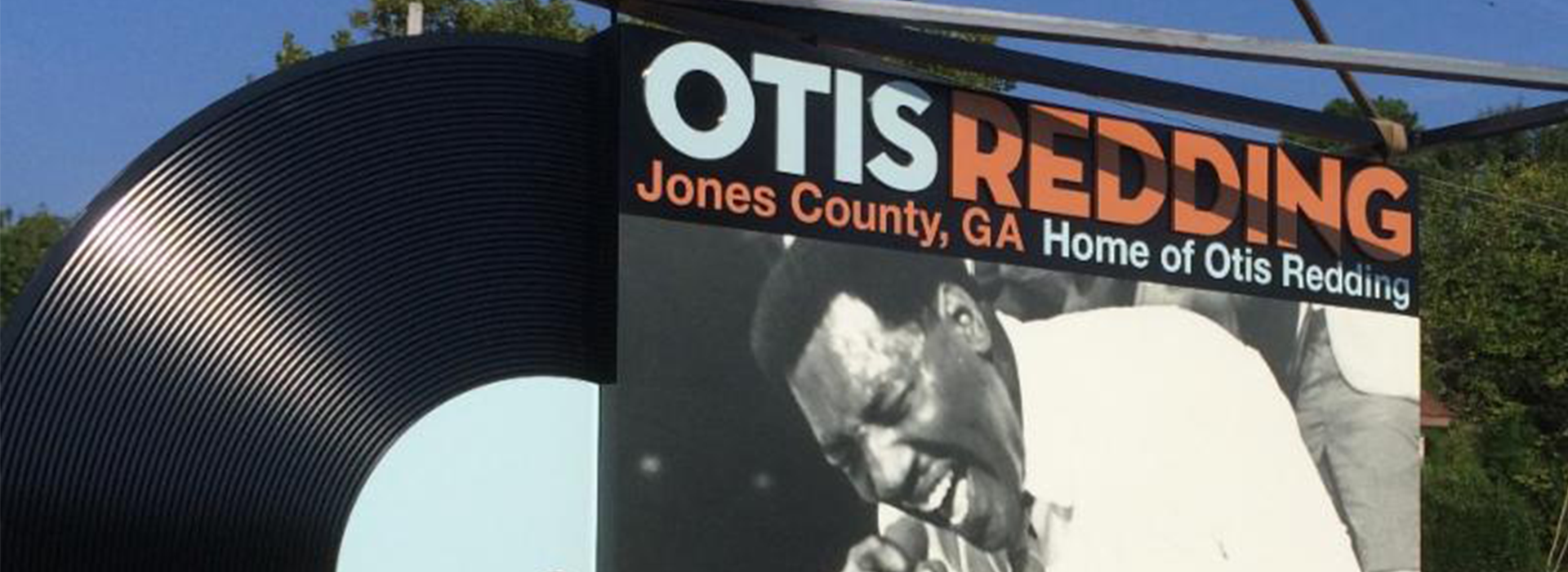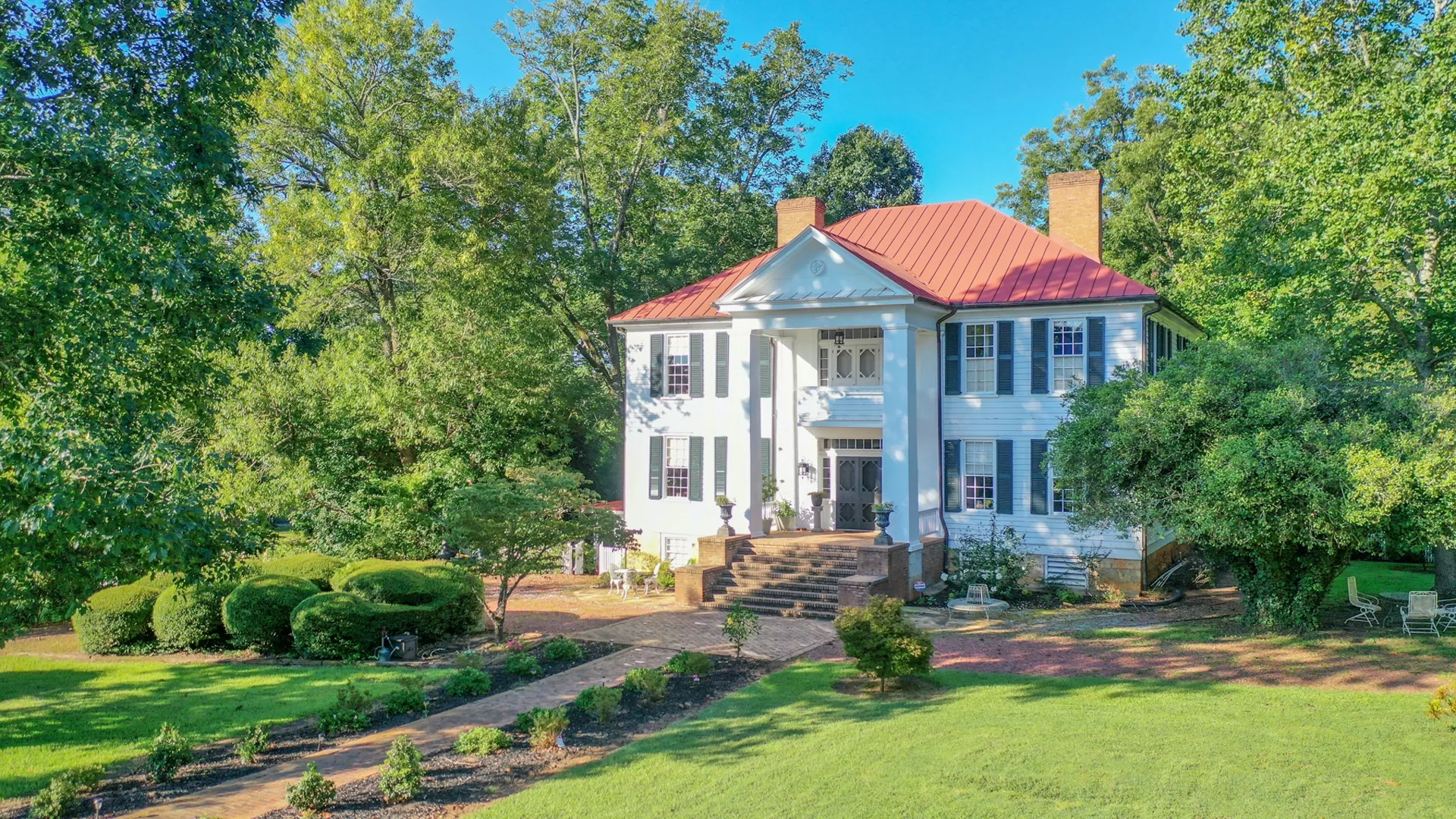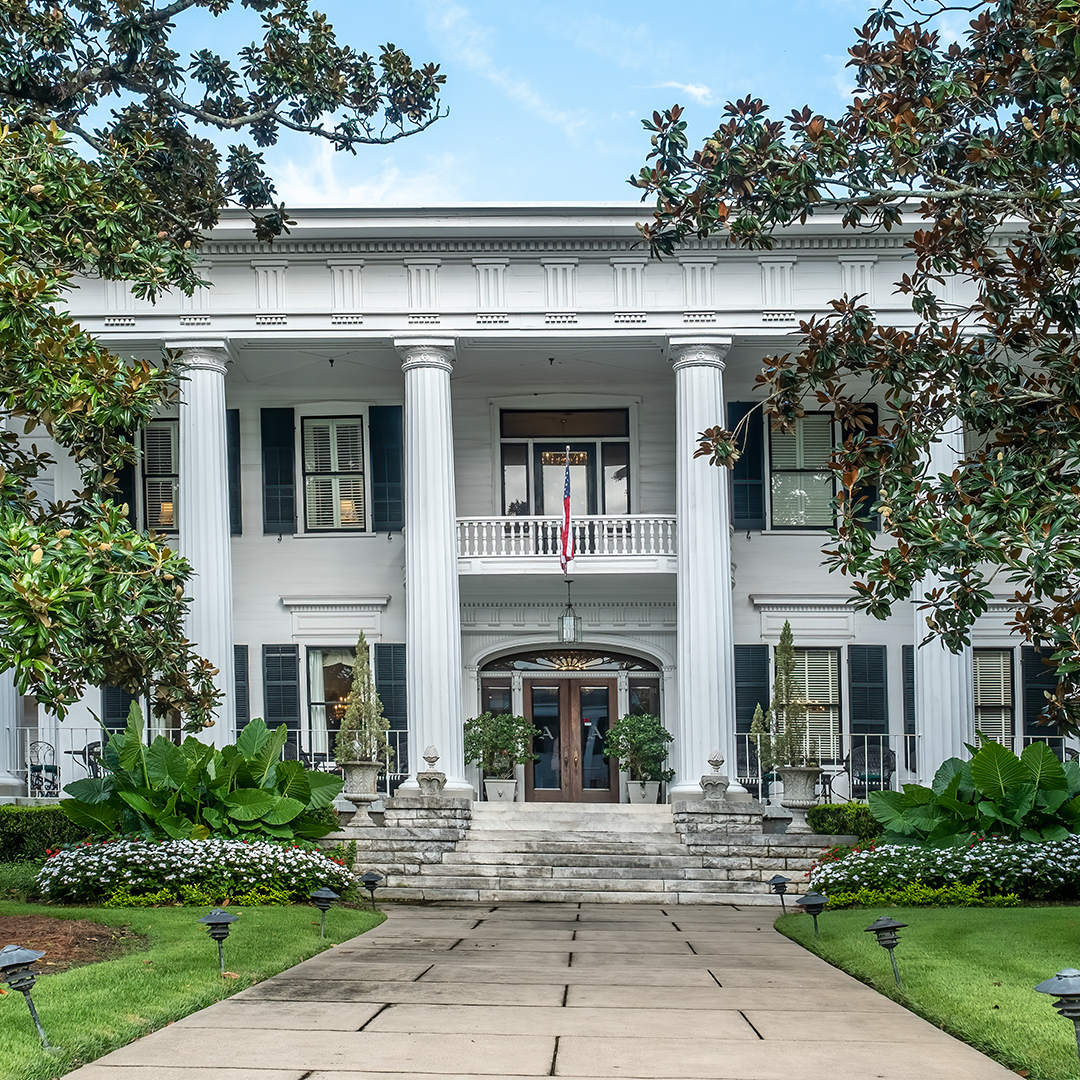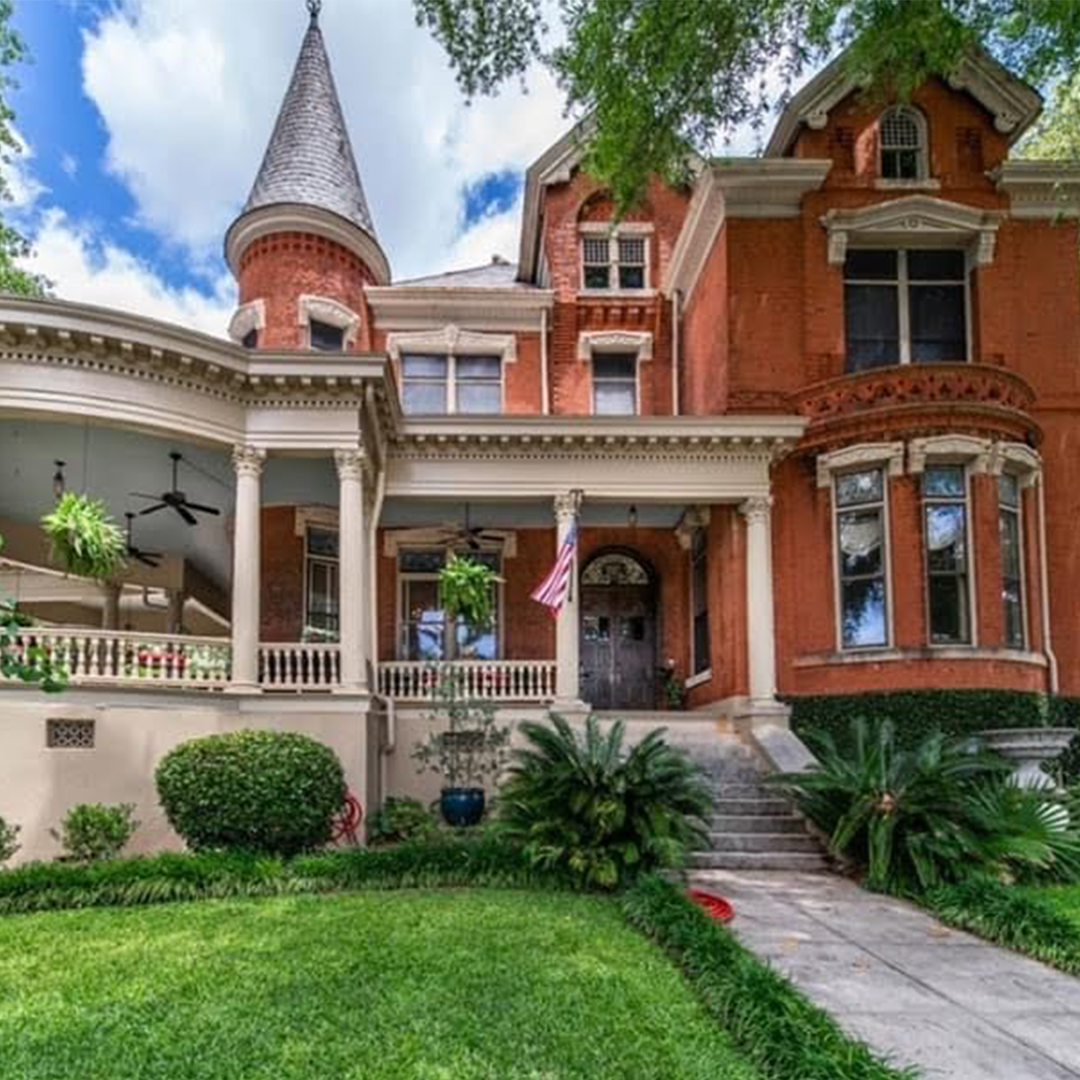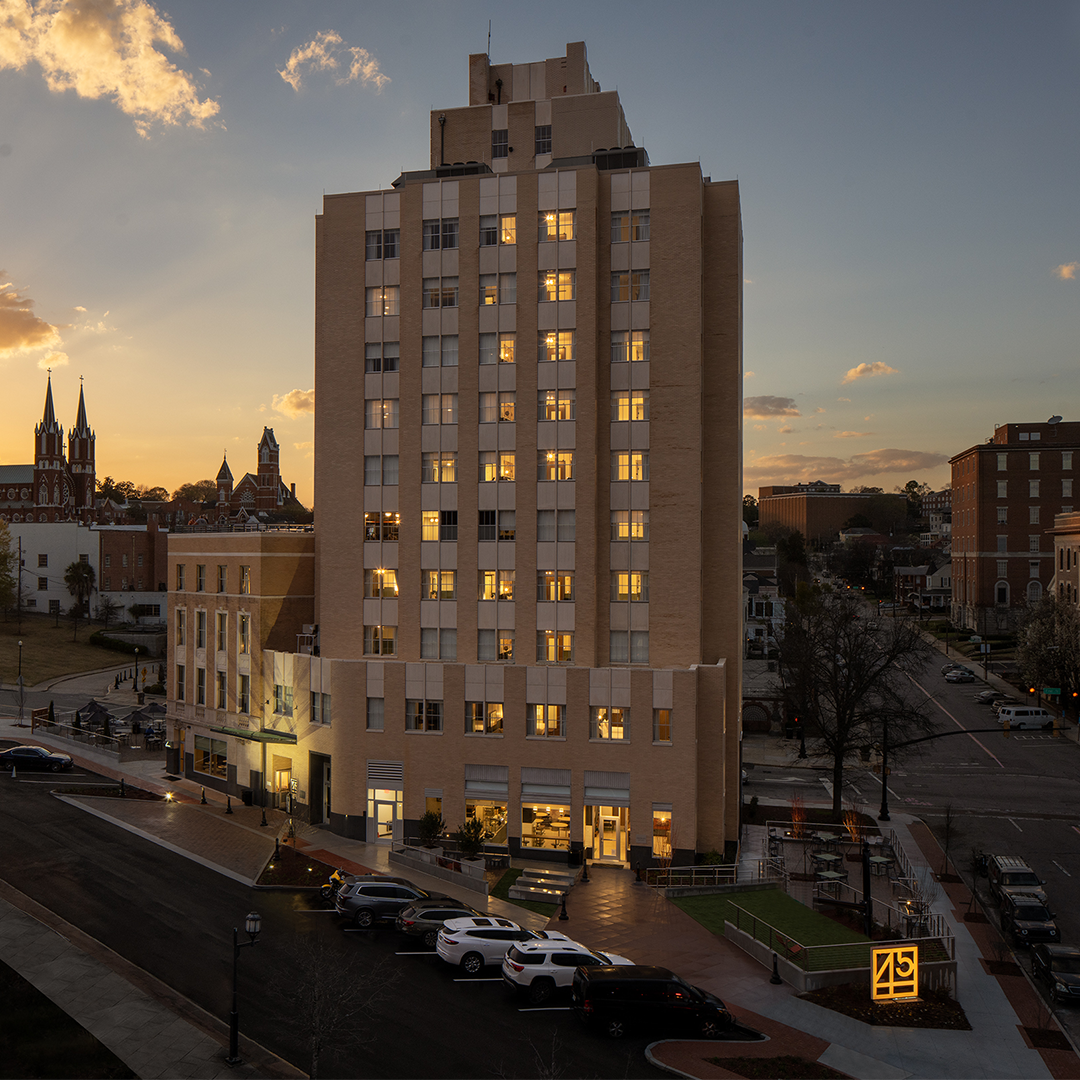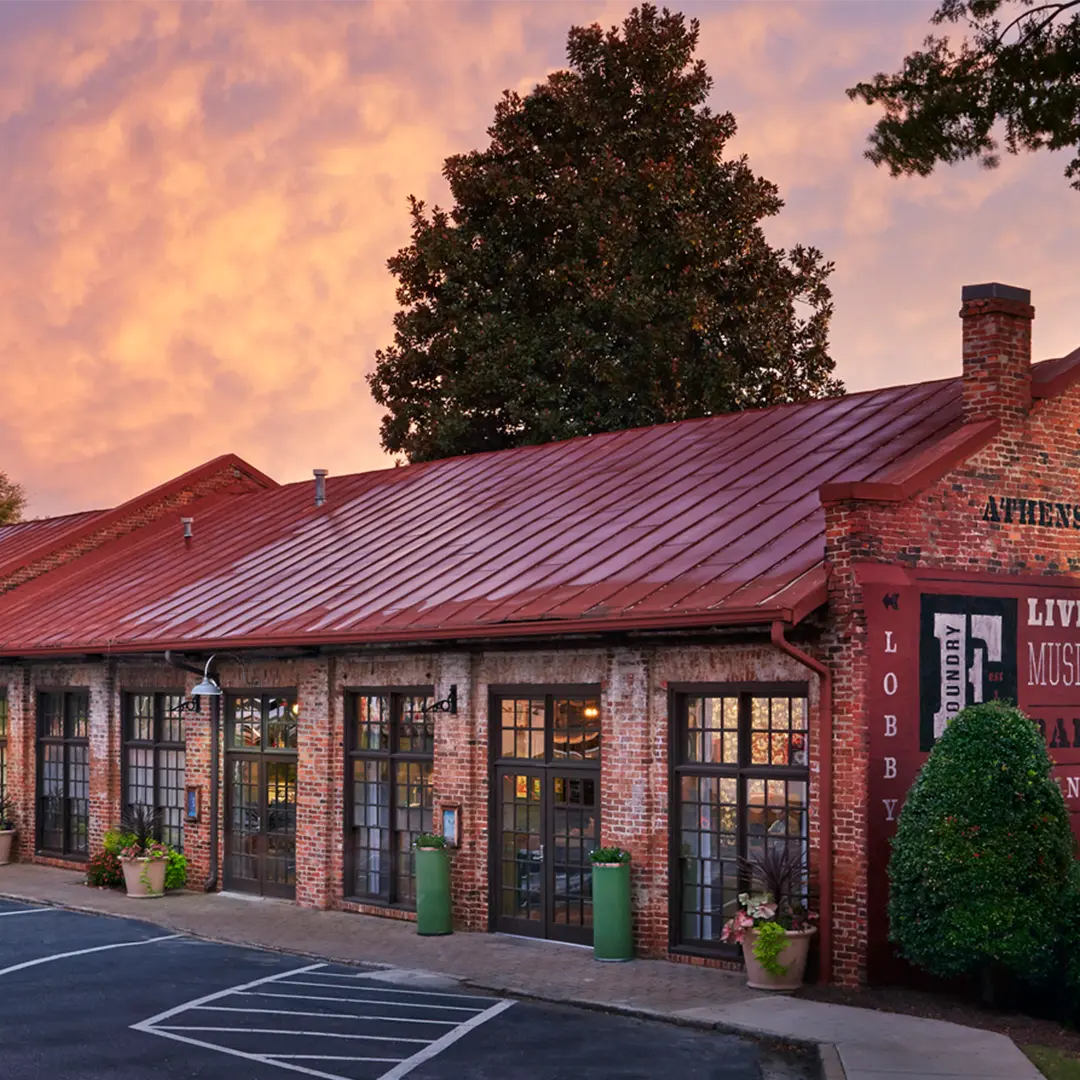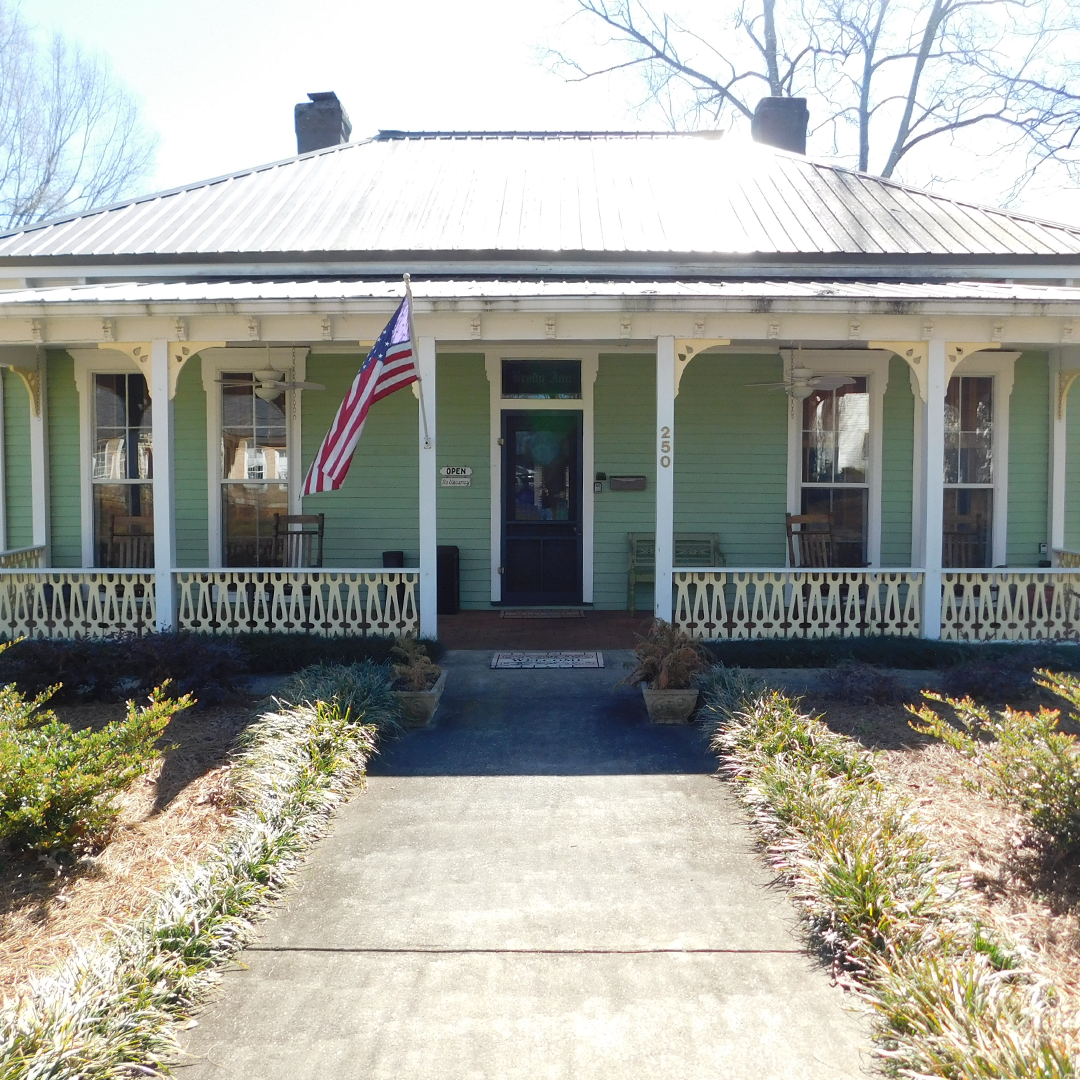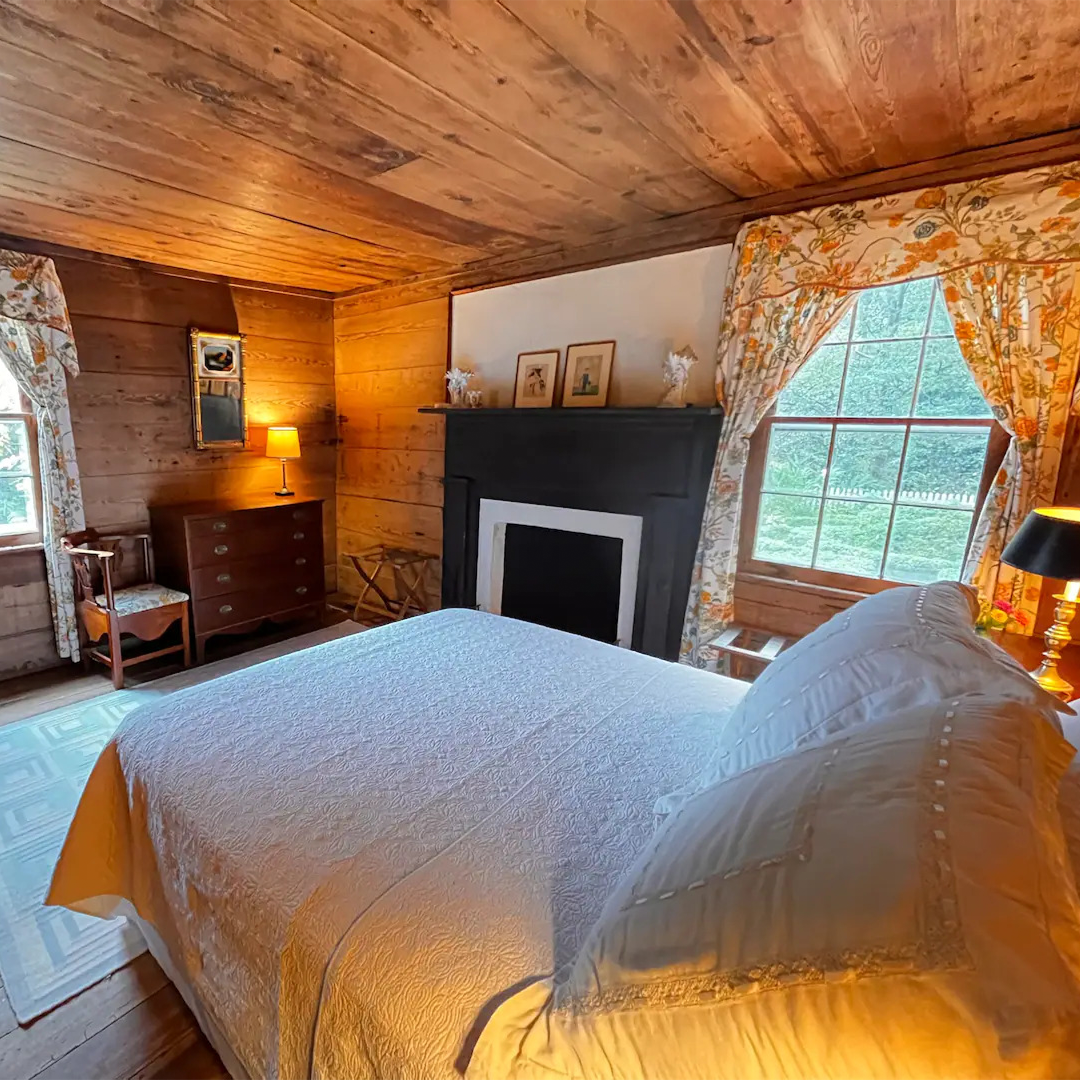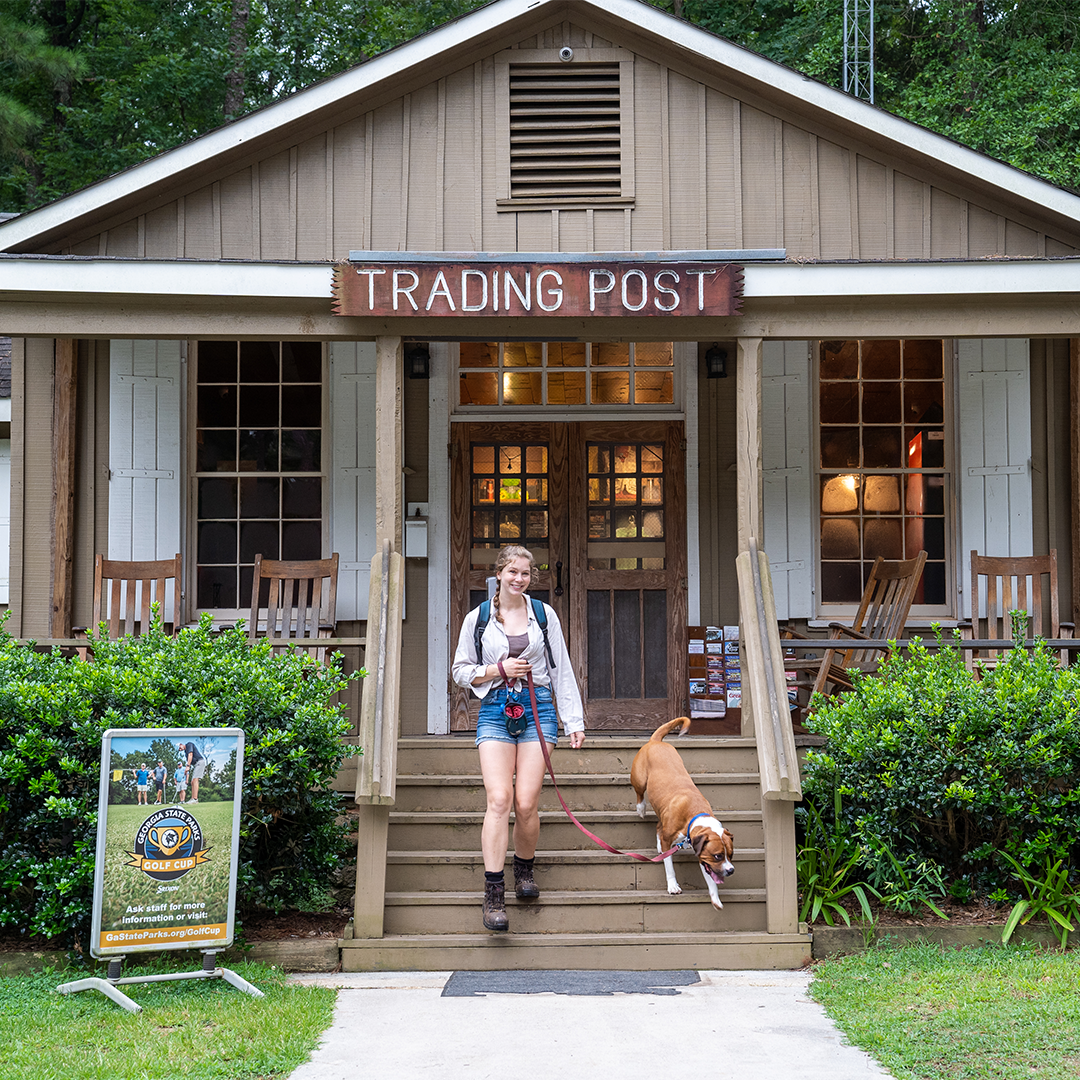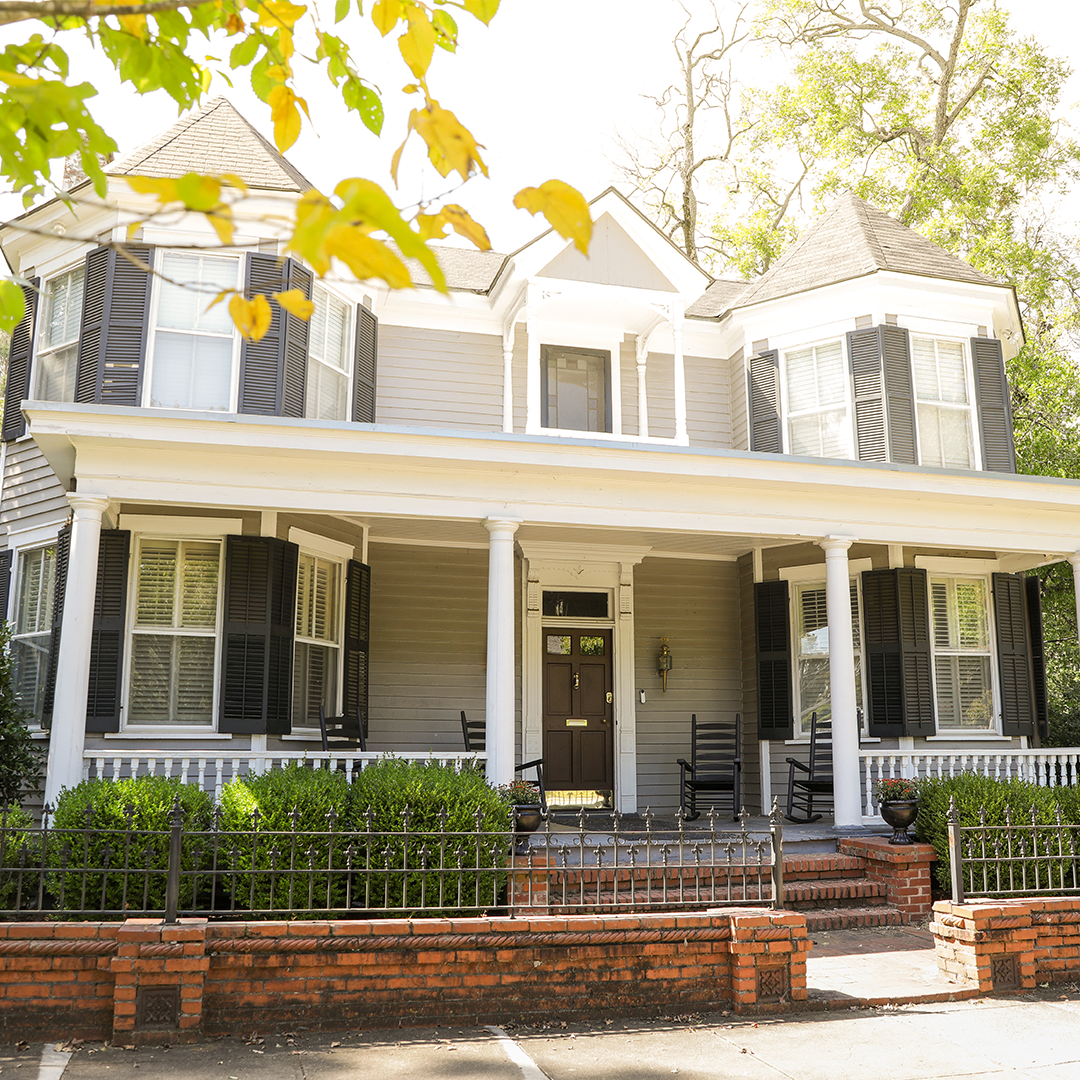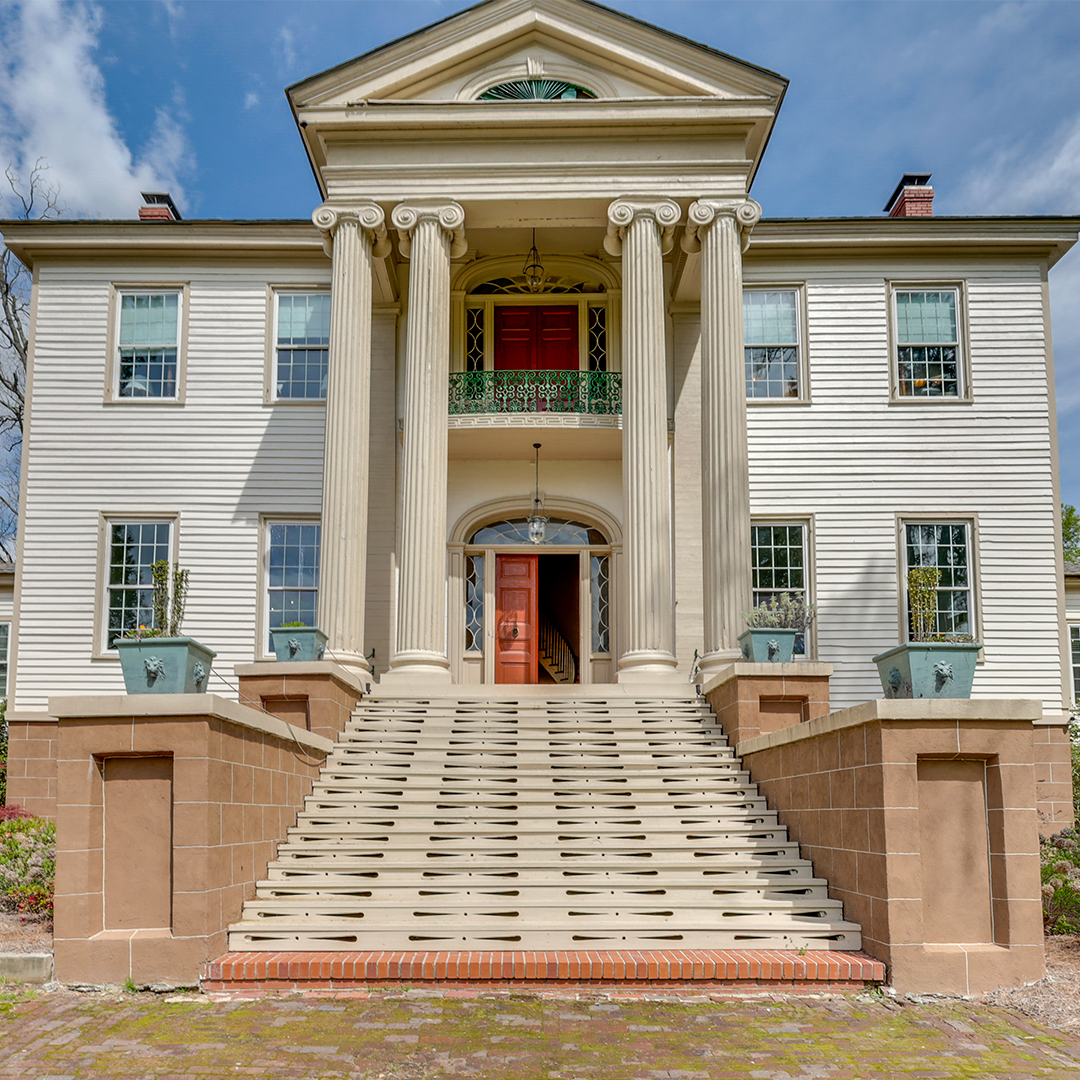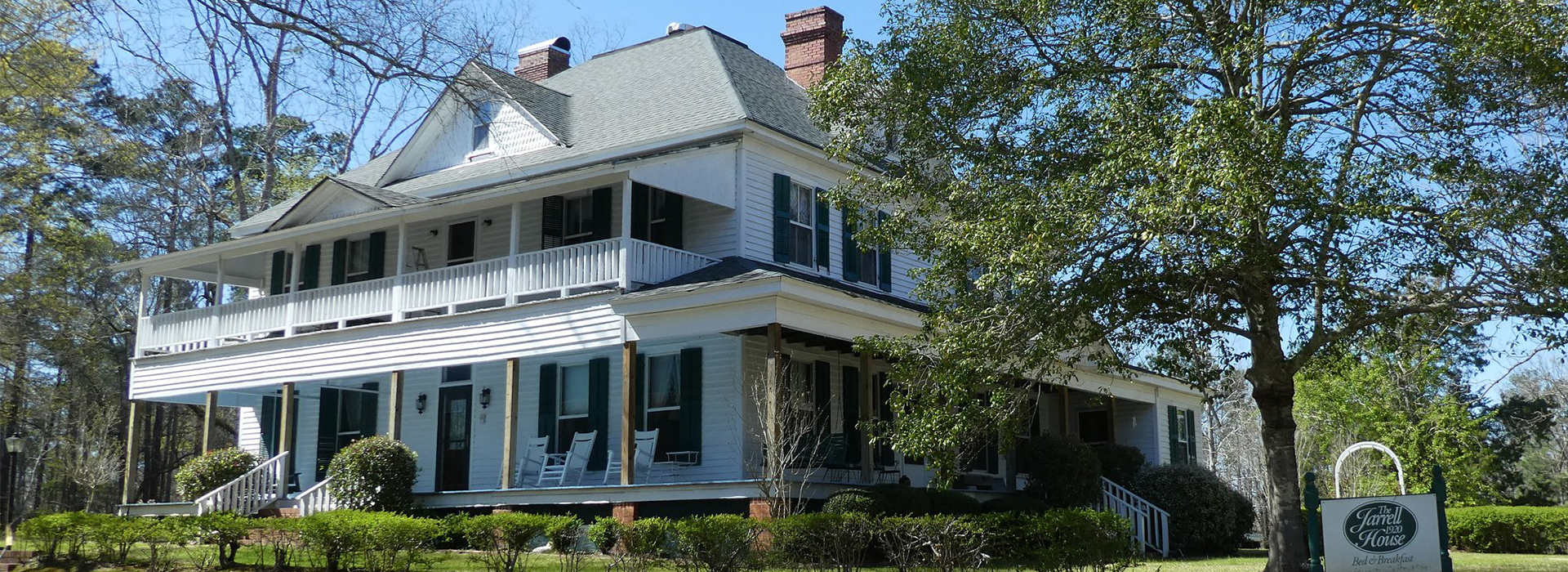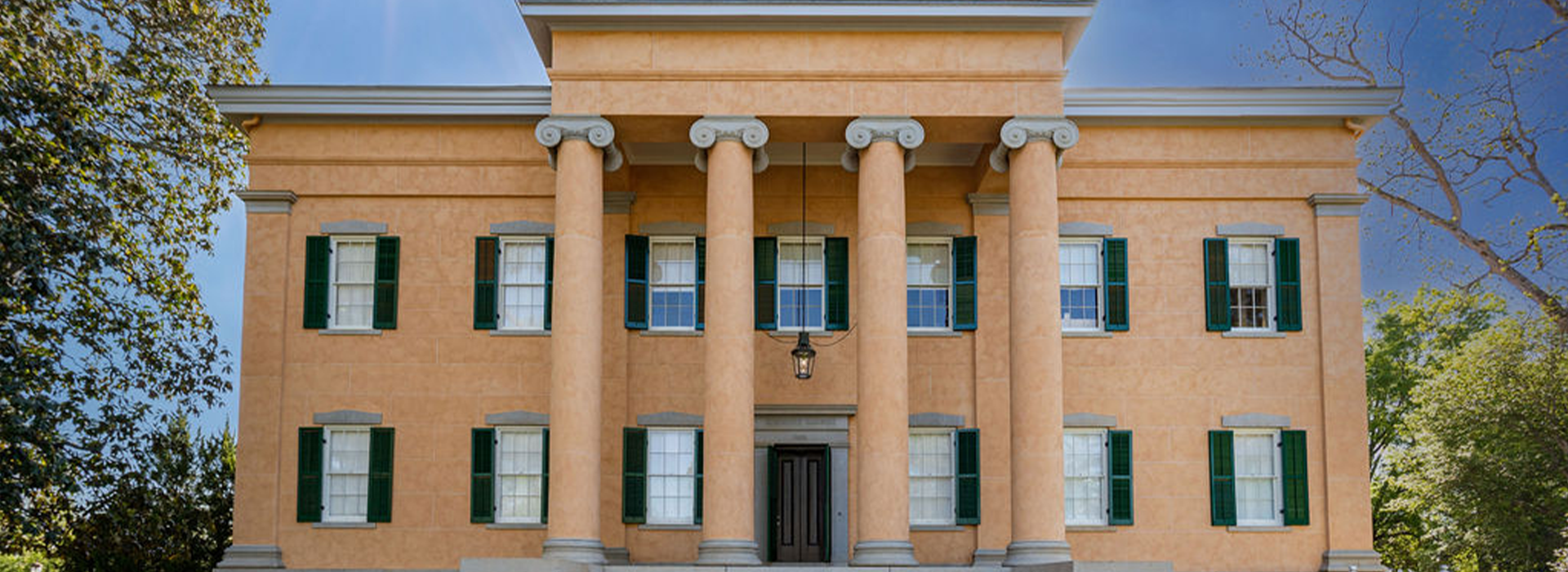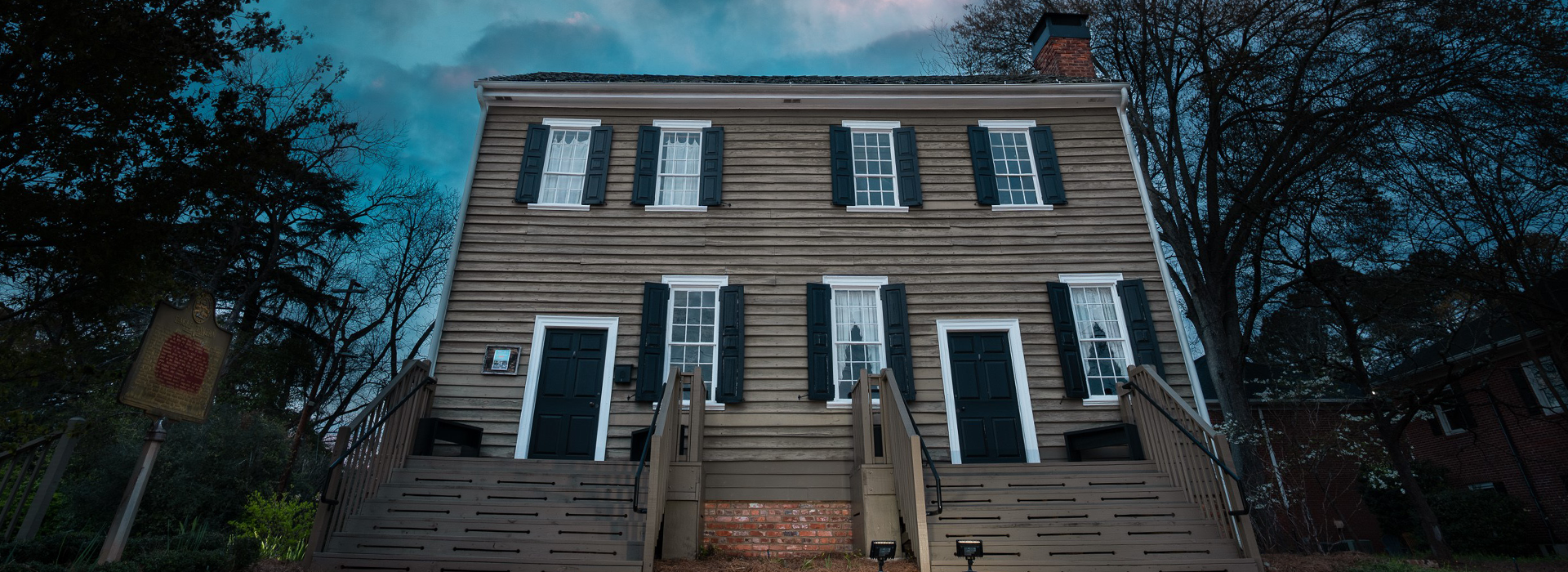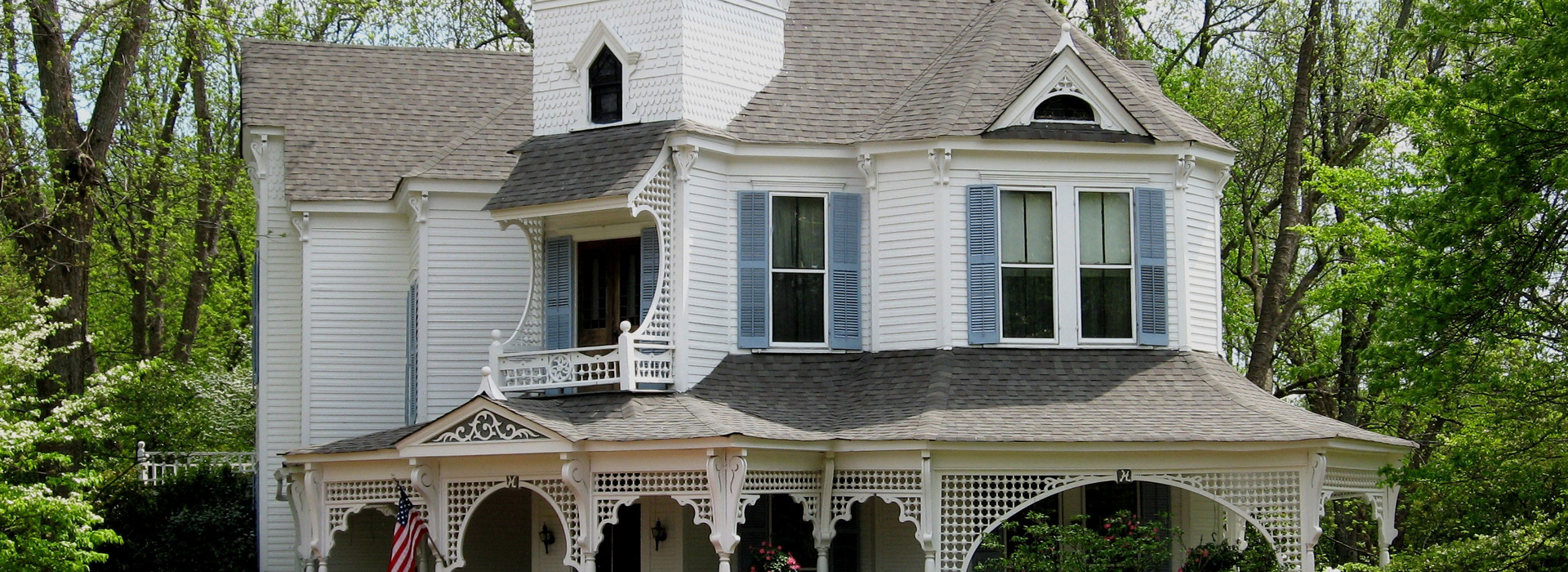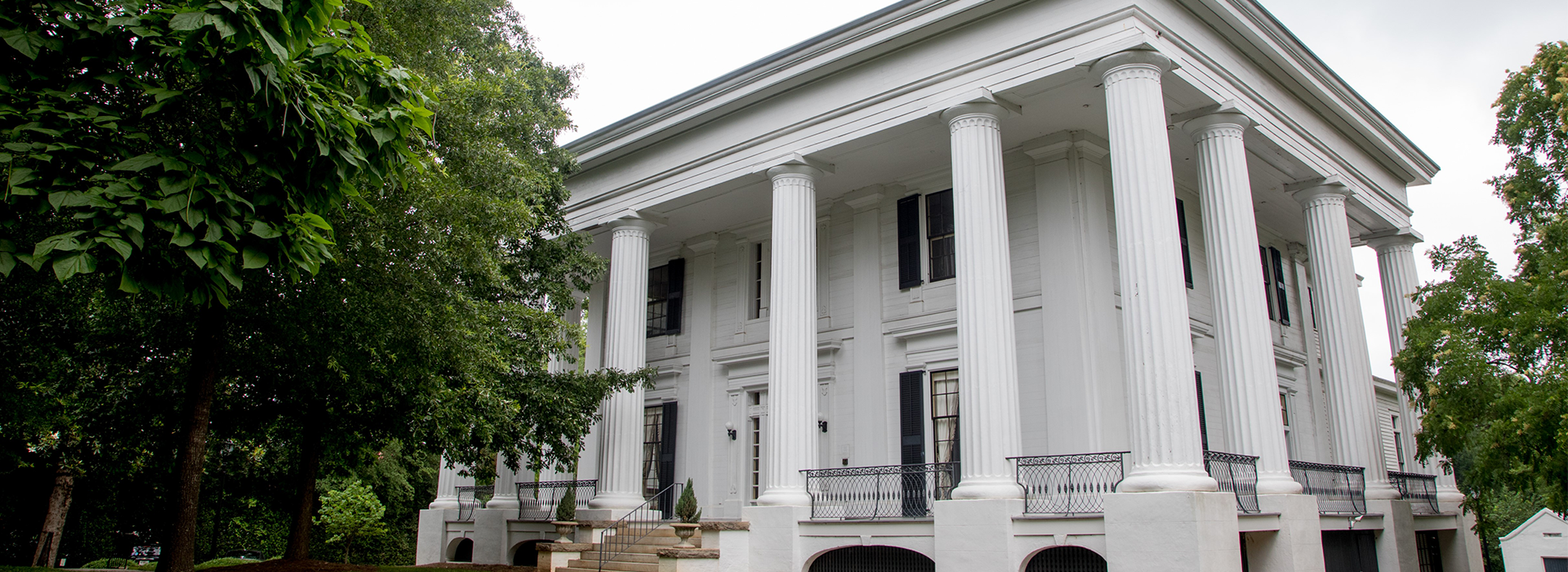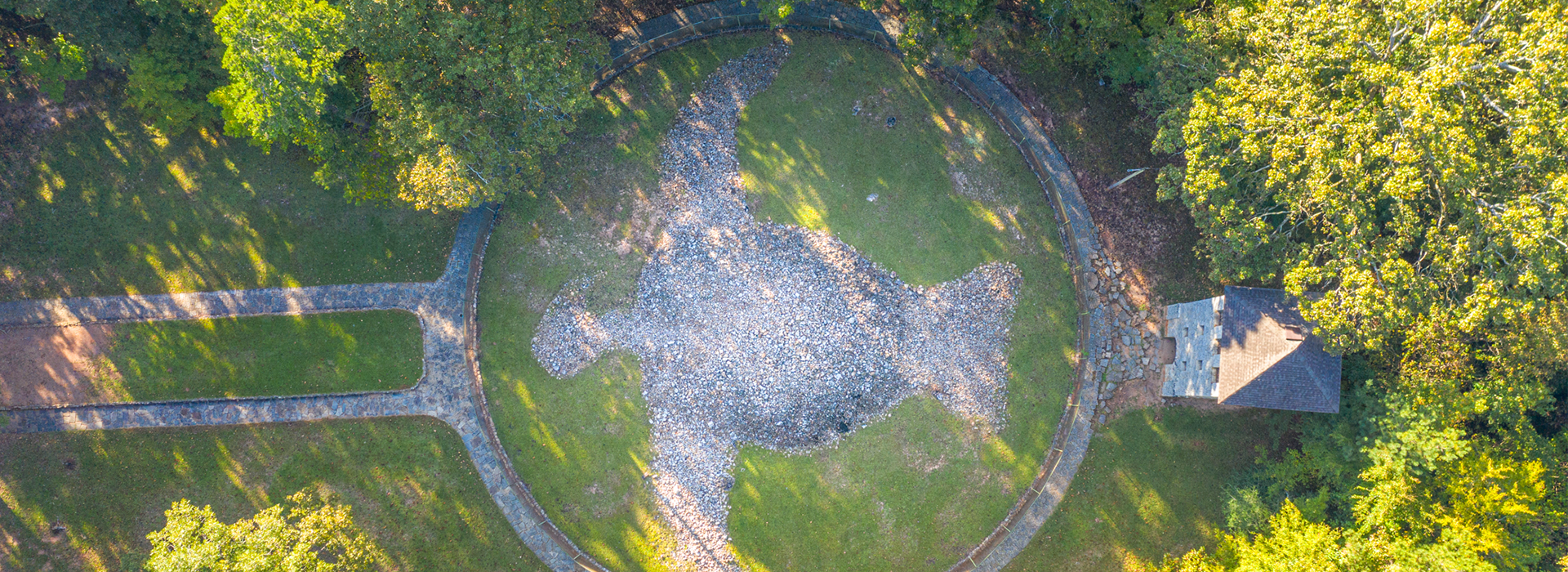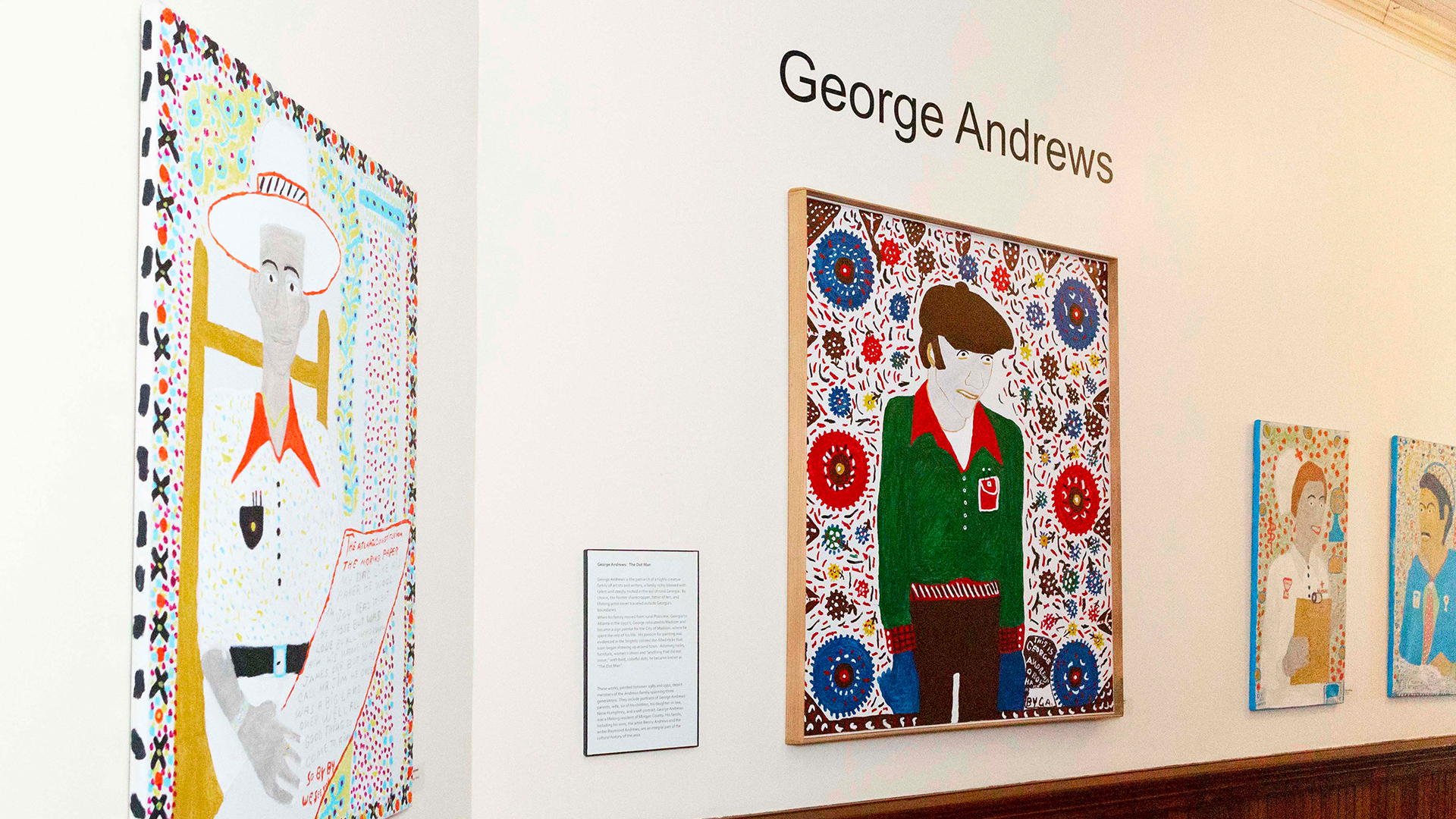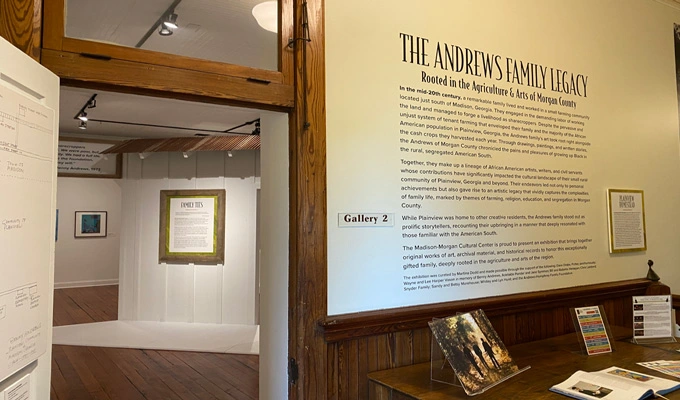Eatonton: A Hidden Gem Along Georgia’s Trail of Legacy and Lore
Nestled in the heart of Georgia, Eatonton is a place where history, culture, and storytelling intertwine. As a key stop along Georgia’s Trail of Legacy and Lore, this charming Southern town invites visitors to step into the past while experiencing the vibrant creativity that defines its present. From literary legends to stunning architecture and rich cultural heritage, Eatonton offers an unforgettable journey through time.
A Literary Legacy
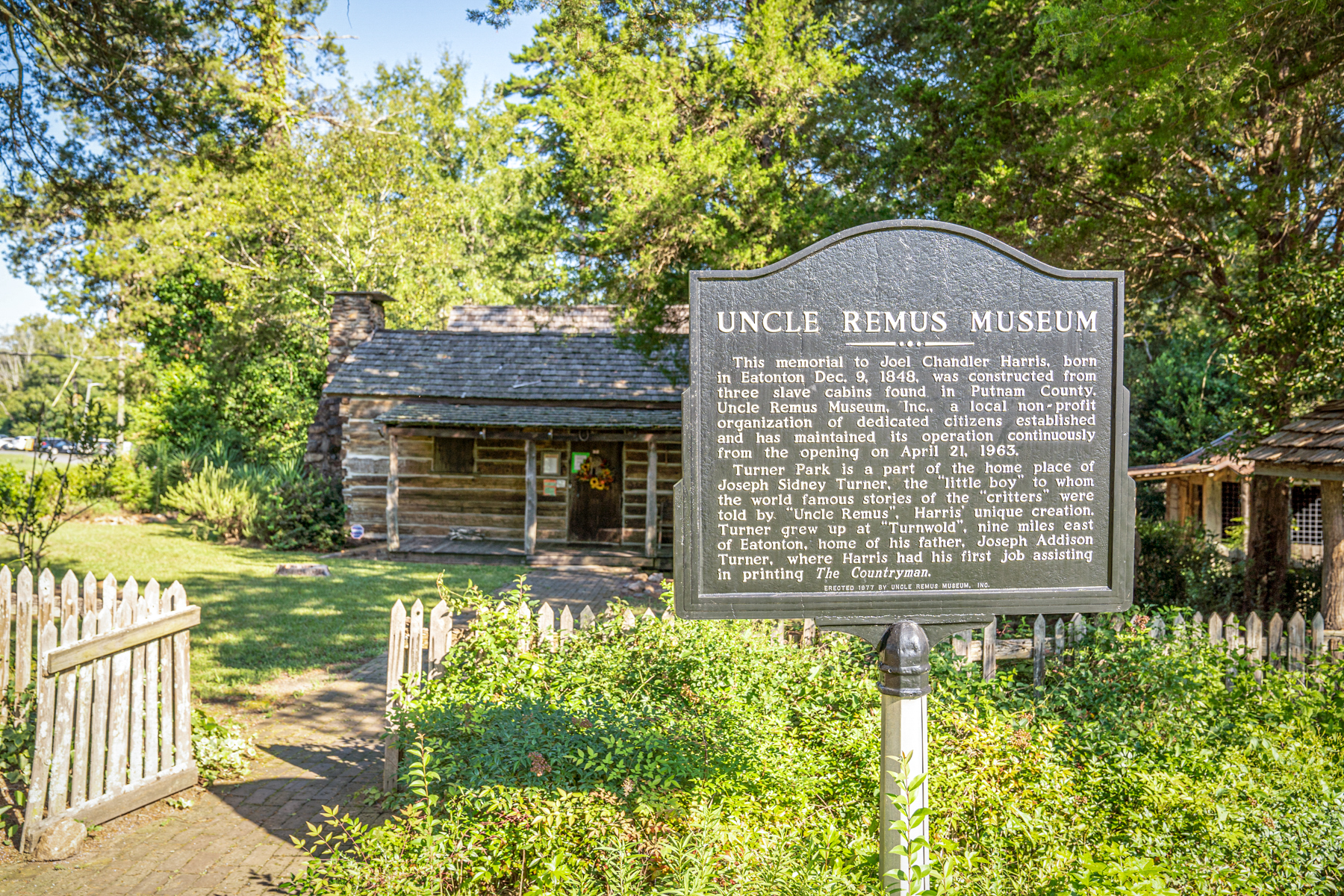
Eatonton is the birthplace to Alice Walker, the Pulitzer Prize-winning author of The Color Purple. Walker’s work, deeply influenced by her upbringing in Putnam County, explores themes of race, resilience, and self-discovery. Fans of her writing can take the Alice Walker Driving Tour, which leads visitors through key locations from her life, including her childhood home and the places that inspired her literary world.
Eatonton is also the birthplace of Joel Chandler Harris, best known for collecting and publishing the Uncle Remus stories, which introduced the world to characters like Br’er Rabbit. These folktales, rooted in African American oral storytelling traditions, have left a lasting impact on American literature.
At the Uncle Remus Museum, visitors can explore Harris’s life and work while gaining insight into the origins of these stories and their cultural significance. The museum highlights the storytelling traditions that shaped the tales and their role in preserving folklore.
For a broader look at Georgia’s literary heritage, the Georgia Writers Museum celebrates Harris, Walker, and fellow native Flannery O’Connor, showcasing how this small Southern town has shaped some of America’s most renowned writers.
History in Every Brick and Beam
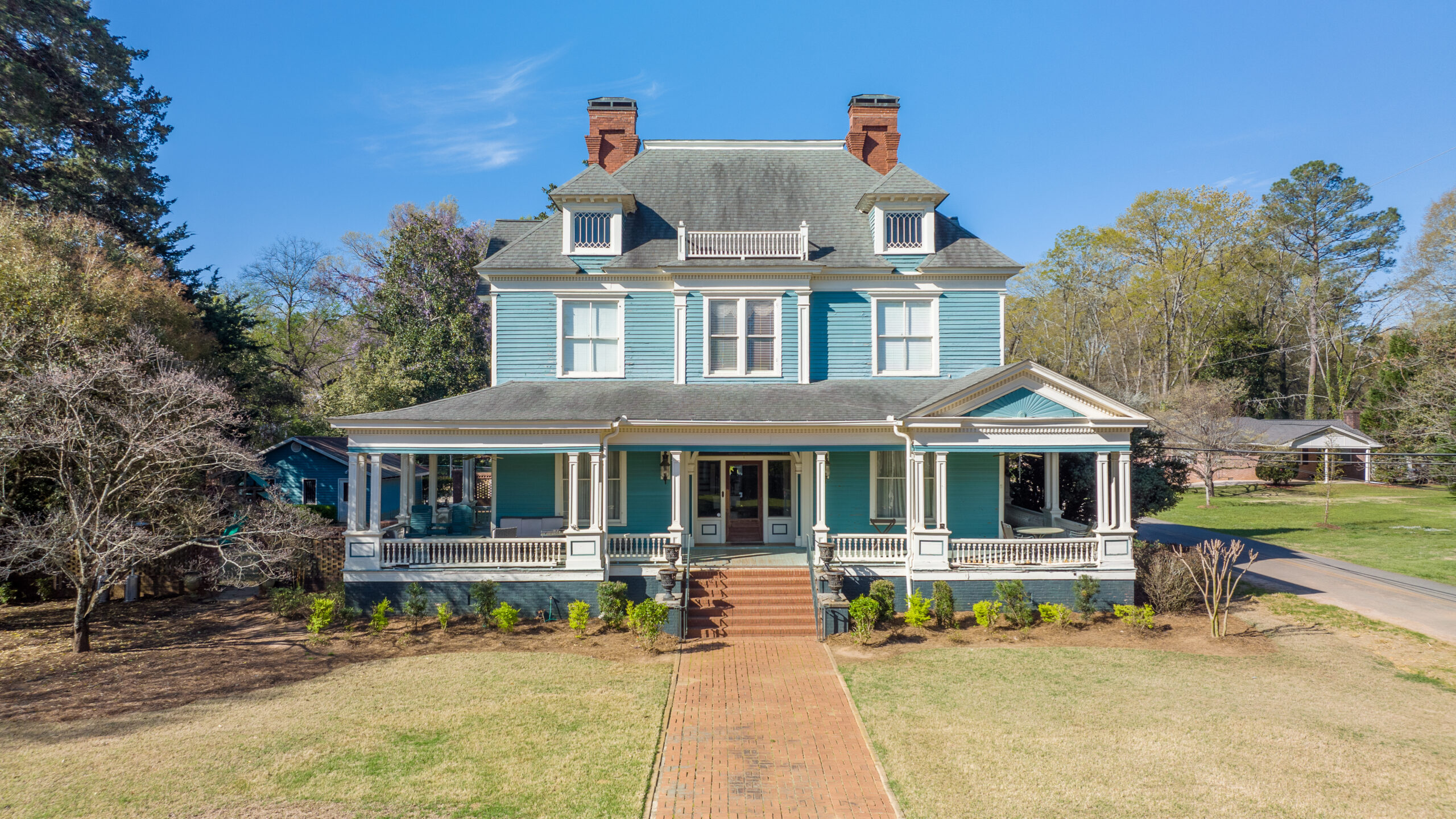
Eatonton’s architectural heritage offers a glimpse into the past, with stunning examples of Greek Revival, Federal, and Victorian homes lining the streets. The town’s historic district is a must-see, showcasing well-preserved structures.
One of the best ways to experience this history is by taking Eatonton’s Historic Walking Tour. This self-guided tour leads visitors through the town’s charming streets, past grand homes, historic churches, and landmarks that have stood the test of time. Each stop reveals fascinating stories of Eatonton’s past, offering a deeper understanding of the people and events that shaped the town.
A standout landmark along the tour is The Plaza Arts Center, originally built as the Eatonton School in 1916. Today, it serves as a cultural hub, hosting performances, exhibits, and events that celebrate both local and regional talent. Some even say its halls are haunted—adding an extra layer of intrigue to this historic gem.
A Deep-Rooted Heritage
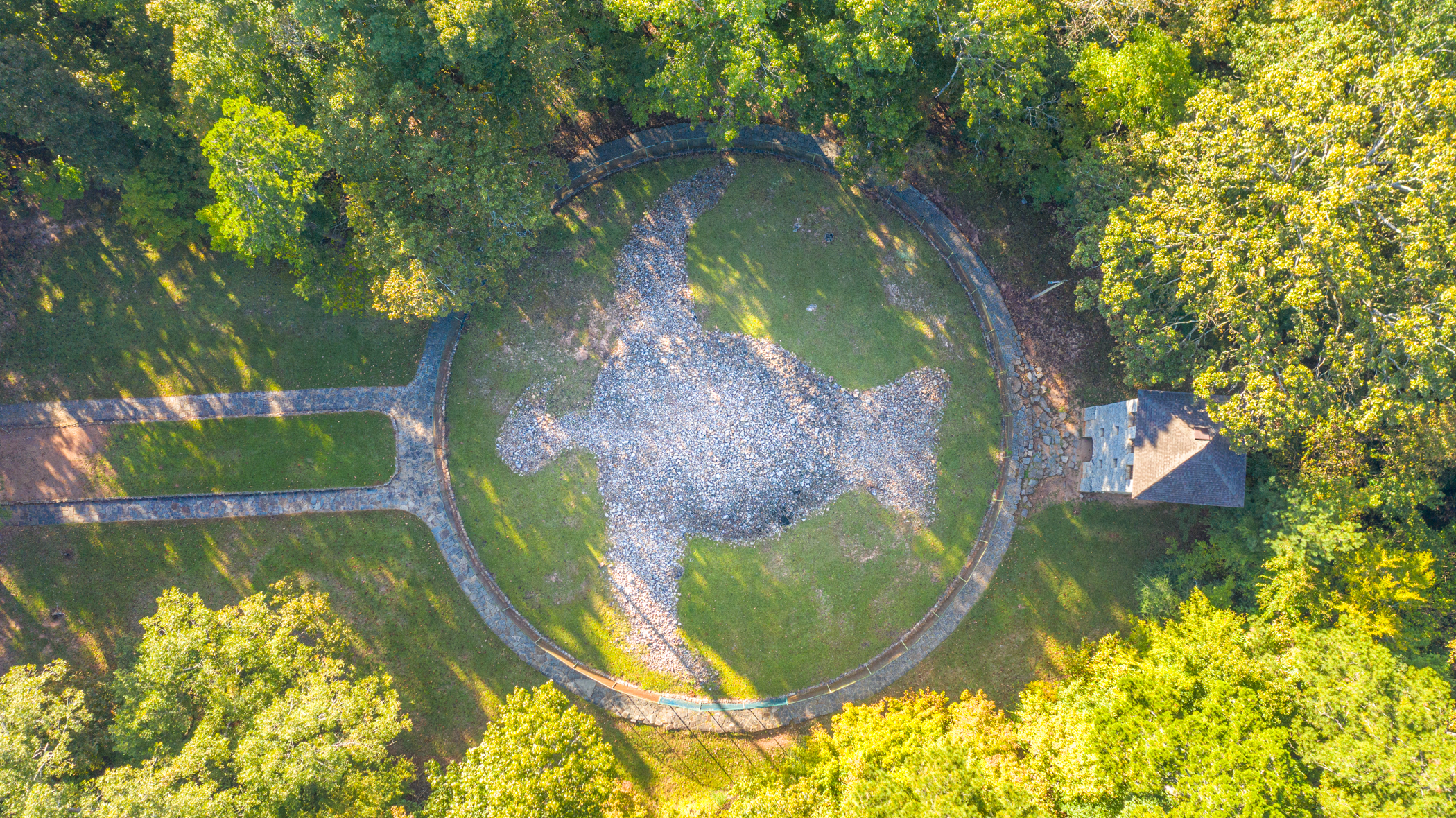
Eatonton’s history runs deep, from its early settlers to its role in shaping Georgia’s agricultural and industrial development. At Rock Hawk Effigy and Trails, visitors can connect with the area’s ancient past. This fascinating site features a rock effigy believed to be thousands of years old, constructed by Indigenous peoples. With scenic trails, interpretive signs, and a rich natural setting, it’s a perfect stop for history enthusiasts and nature lovers alike.
Not far from Rock Hawk is Rock Eagle Effigy Mound, another mysterious and awe-inspiring prehistoric site. This massive stone effigy, shaped like a bird in flight, is believed to have been built by Indigenous peoples over 2,000 years ago. Visitors can climb an observation tower for a bird’s-eye view of the effigy.
Historic Stays: Experience the Charm of the Past

For visitors who want to fully immerse themselves in Eatonton’s history, a stay at the Dot 2 Dot Inn is a must. This beautifully restored historic home offers a perfect blend of old-world elegance and modern comfort. From its stunning architectural details to its warm hospitality, the inn provides a unique lodging experience that transports guests back in time.
Located just steps from downtown, Dot 2 Dot Inn is the ideal retreat for history lovers, literary enthusiasts, and anyone looking for a charming Southern getaway. Whether you’re relaxing on the property, enjoying a homemade breakfast, or exploring the nearby historic sites, your stay here will be an unforgettable part of your journey along Georgia’s Trail of Legacy and Lore.

